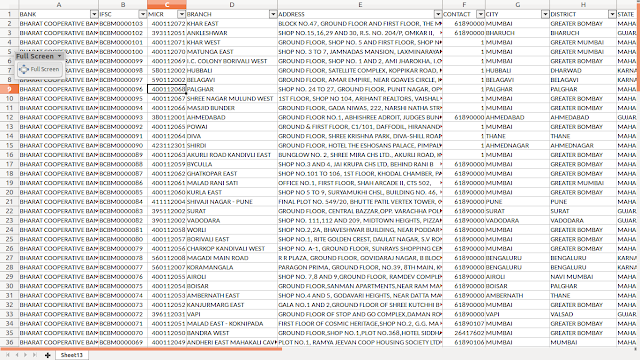Understanding Swagger and OpenAPI Specifications
Understanding Swagger and OpenAPI Specifications
In modern API development, Swagger and OpenAPI have become the go-to tools for designing, documenting, and interacting with RESTful APIs. Let’s break down these essential tools and how they simplify API development.
What is OpenAPI?
The OpenAPI Specification (OAS) is a standard format to describe REST APIs. Initially known as the Swagger Specification, it was created by Swagger, then donated to the OpenAPI Initiative in 2015. Today, OpenAPI has become the industry standard for describing APIs, making it easier for developers to understand and work with APIs across various platforms.
An OpenAPI document provides a structured description of the entire API, including:
- Endpoints and available operations
- Input parameters and output formats
- Authentication methods
- Error messages and responses
Here’s a quick example of an OpenAPI specification snippet in JSON:
{
"openapi": "3.0.0",
"info": {
"title": "Sample API",
"version": "1.0.0"
},
"paths": {
"/users": {
"get": {
"summary": "Get all users",
"responses": {
"200": {
"description": "A list of users"
}
}
}
}
}
}What is Swagger?
Swagger is a suite of open-source tools that work with the OpenAPI Specification. It provides a comprehensive ecosystem for building, documenting, and testing APIs. Swagger tools include:
- Swagger Editor: A web-based editor for writing OpenAPI documents.
- Swagger UI: An interactive API documentation tool that visualizes OpenAPI specs, enabling users to test API endpoints directly from the documentation.
- Swagger Codegen: Generates client libraries, server stubs, and API documentation from an OpenAPI document.
How Swagger and OpenAPI Work Together
OpenAPI provides the standard that Swagger tools use to describe APIs. With an OpenAPI-compliant document, you can use Swagger tools to auto-generate detailed, interactive documentation that’s easier to understand and explore. This greatly improves the developer experience and streamlines the API development process.
Benefits of Using Swagger and OpenAPI
- Standardization: Consistent API design across teams.
- Automation: Generate code, documentation, and client libraries effortlessly.
- Interactive Documentation: With Swagger UI, you get live testing capabilities directly from the docs.
Conclusion
Swagger and OpenAPI simplify API development and documentation. With OpenAPI setting the standard and Swagger providing the tools, they make APIs more accessible, maintainable, and developer-friendly. If you’re building RESTful APIs, integrating these tools into your workflow can be a game-changer.

Comments
Post a Comment